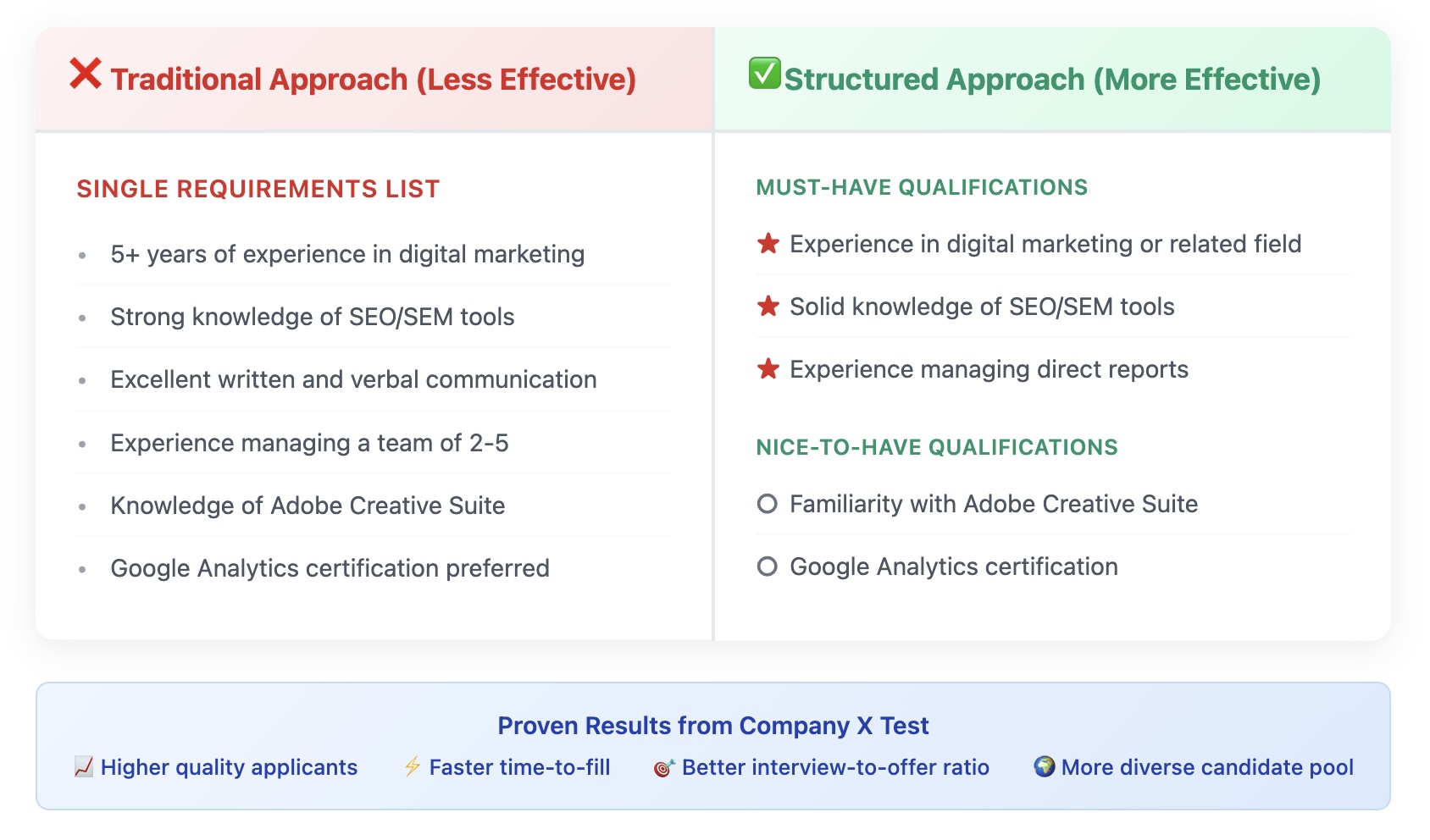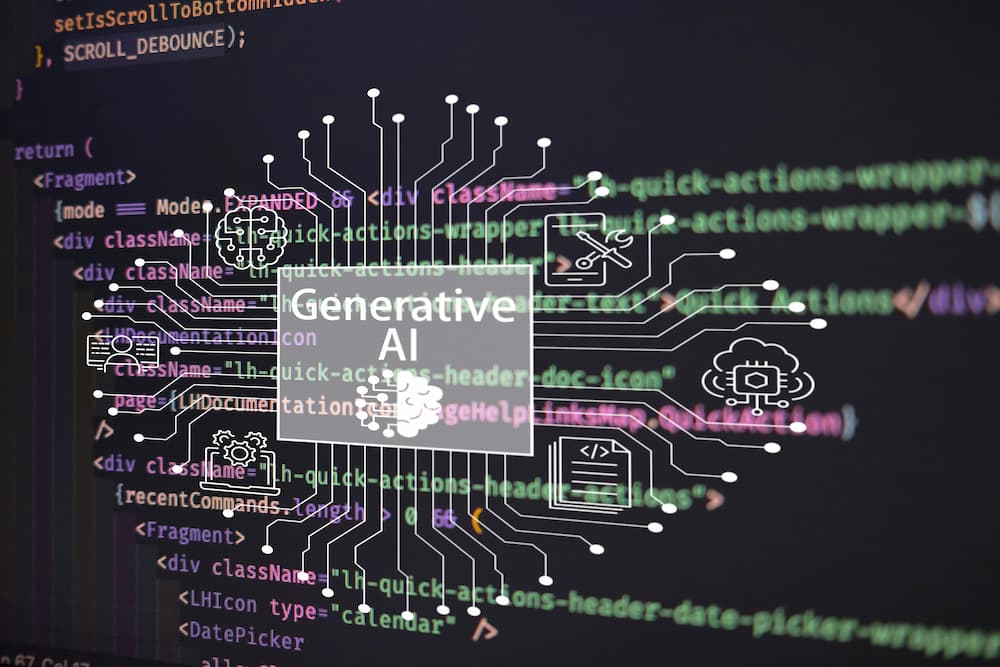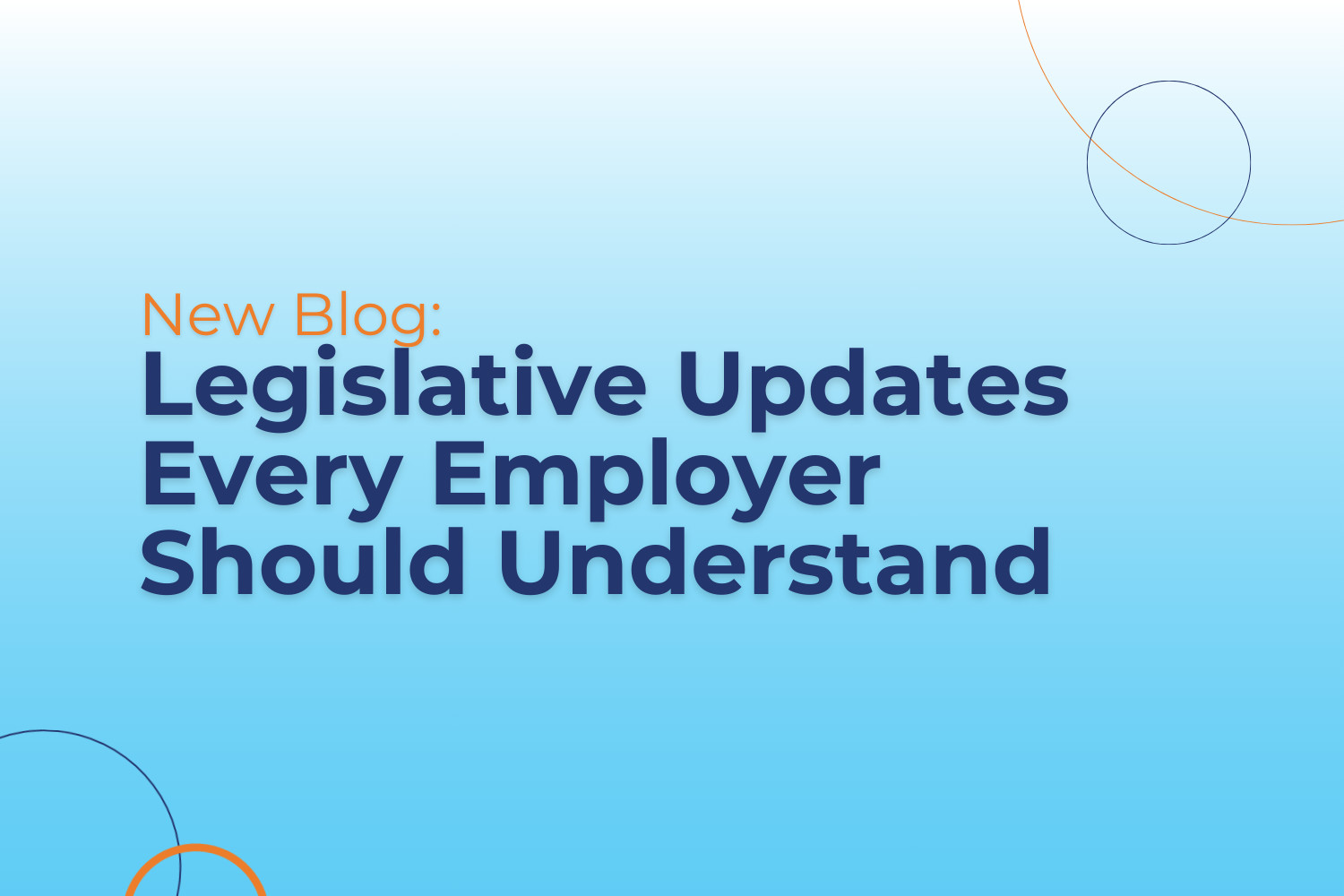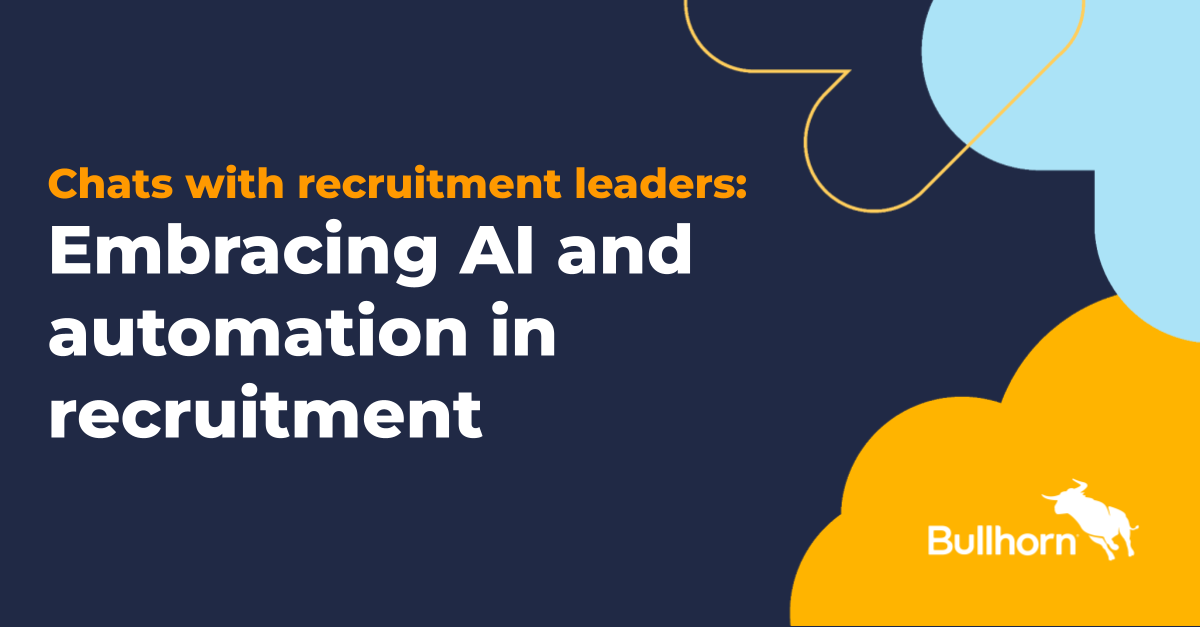STEP 1. Tacit Knowledge vs. Explicit Knowledge: Setting the Foundation of KM
Explicit knowledge is knowledge that is easily shared and transferred through writing or speaking. It is information that is easily learned from talking to someone, reading a book, or looking something up online.
The explicit knowledge can be easily archived in a system according to a customizable structure. This saves businesses lots of time when onboarding new employees, for instance, which in turn boosts productivity. But most important of all, companies avoid high costs because knowledge transfer (see more on this below) increases the ability to plan strategically, and costly mistakes can often be avoided.
Tacit knowledge, also known as unique, is knowledge that is hard to transfer or pass along through writing or verbalization. It is developed through a person’s experiences, observations, and insights, and it requires shared activities to transfer or communicate that knowledge. If an employee with this type of knowledge leaves unexpectedly, it could very well lead to a crisis.
While both types of knowledge play a role in knowledge transfer, the most important (and most challenging) type to capture is tacit knowledge, because it requires more effort and interaction to acquire. For more information on explicit and tacit knowledge, read this blog.
Now that we’re clear about the types of knowledge, let’s discuss a critical component to the knowledge management process … the knowledge loss risk interview.











